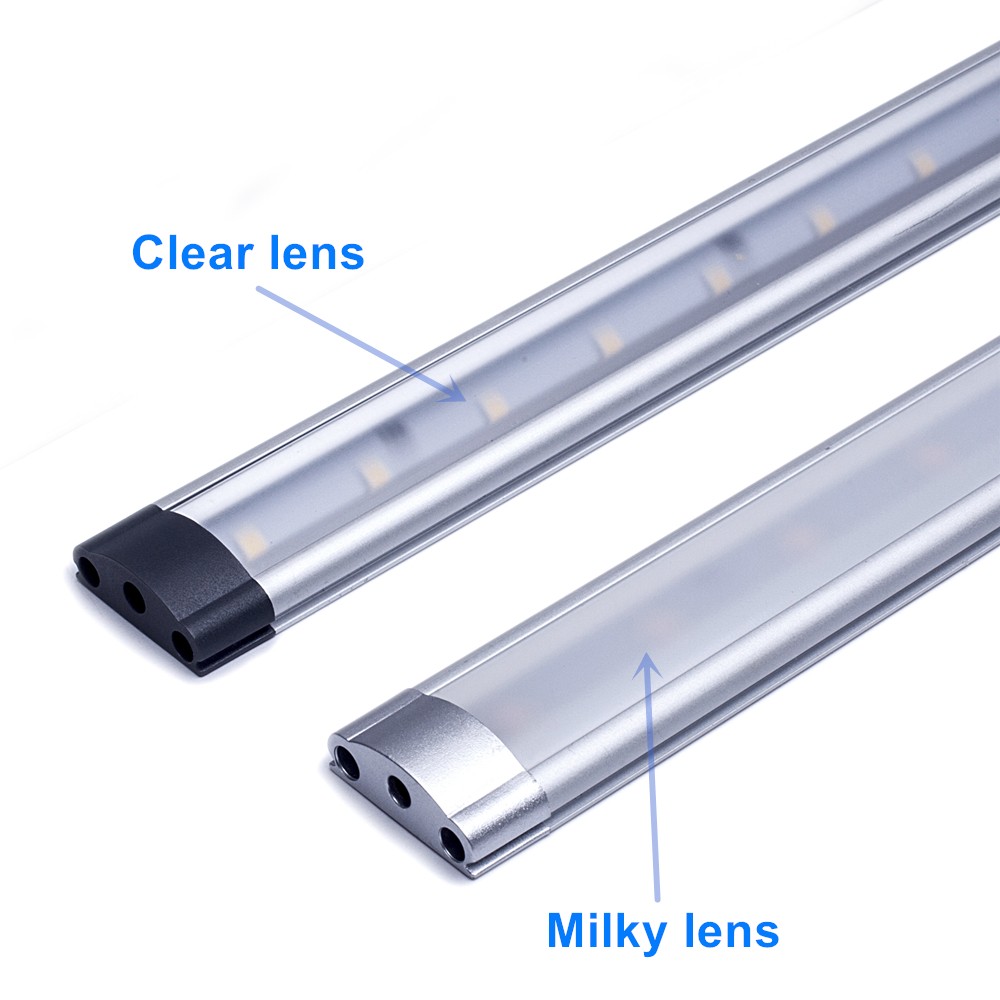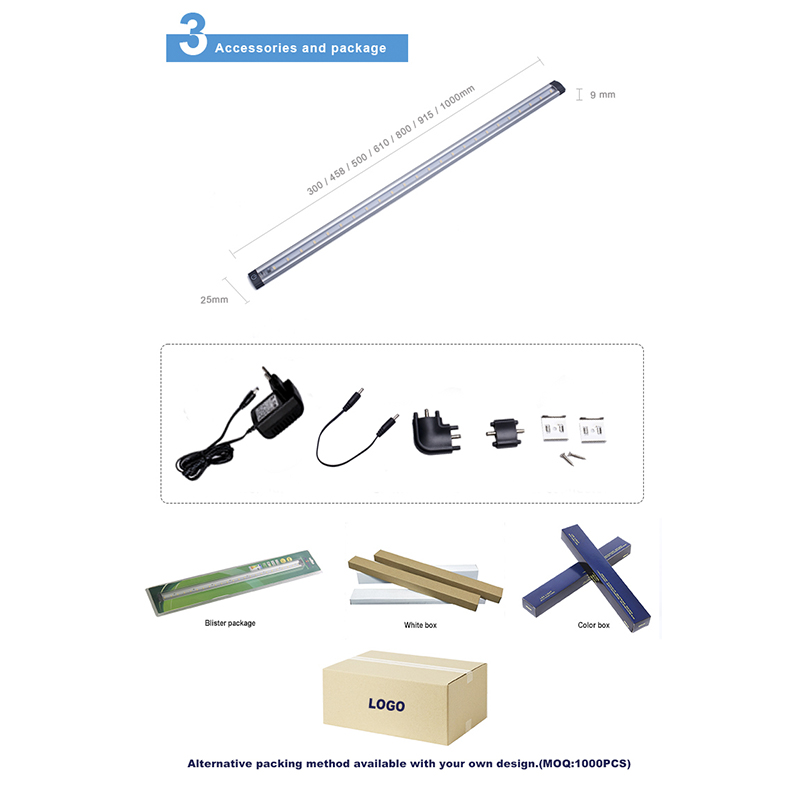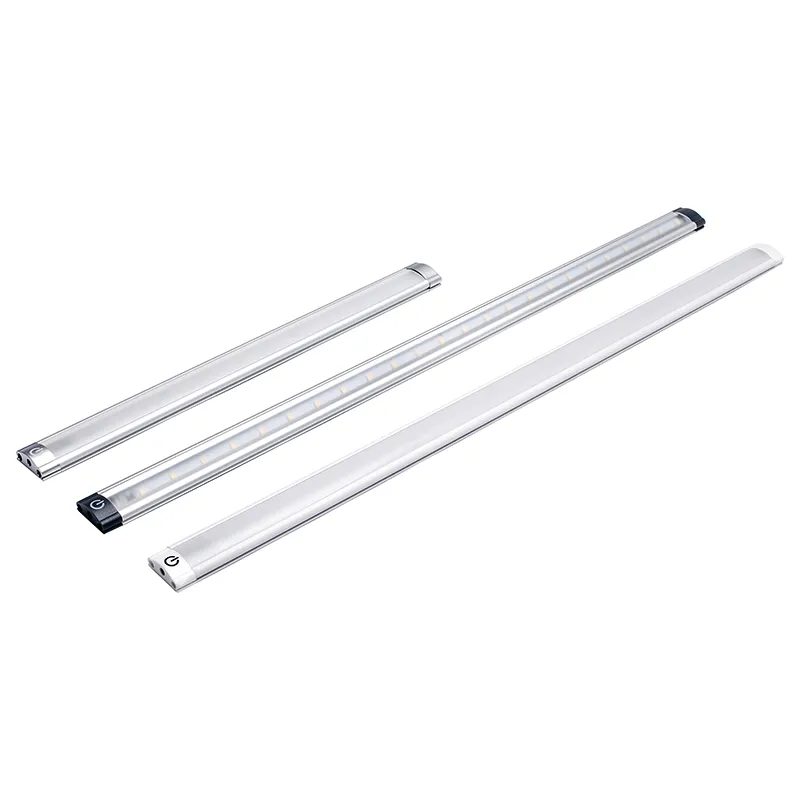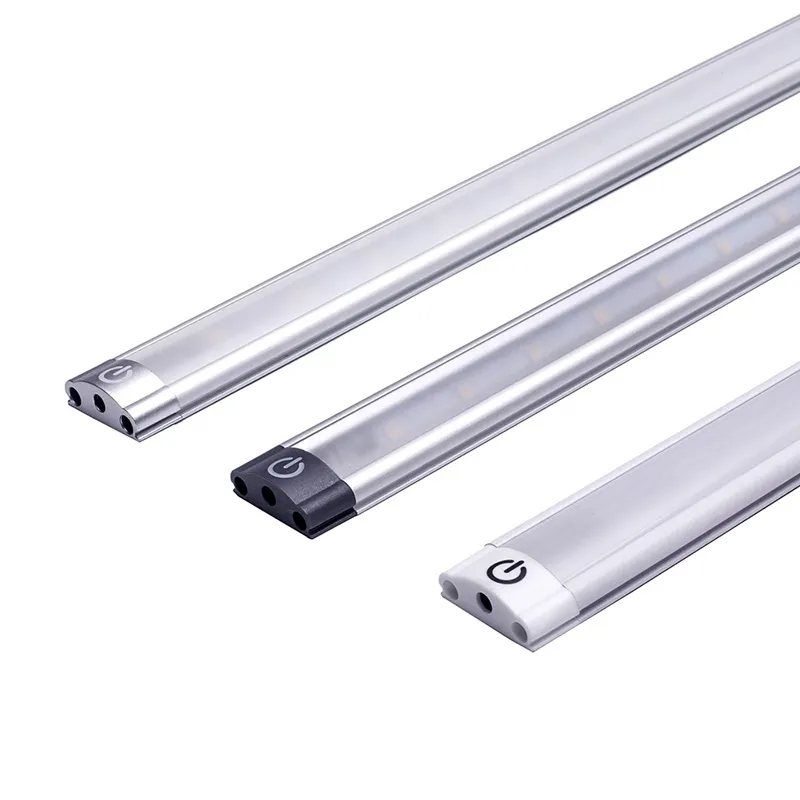Why do motion sensors in LED night lights have problems?
In environments such as bedrooms, hallways, and bathrooms that require low brightness and do not disturb sleep, LED motion night lights are popular with consumers for their convenient automatic switching function and energy-saving characteristics. One of its core technologies is the built-in motion sensor, which can automatically turn the light on or off according to changes in the surrounding environment. However, many users often encounter problems with LED night lights with sensors during use, where the sensor does not work properly, causing the light to not turn on or off as expected, or even always be off or on.
In this article, we will take a deep look at the reasons why motion sensors in LED motion sensor night lights have problems, analyze the problems that may affect the operation of the sensor, and how to effectively solve these problems.

Two working principles of LED motion sensor night light
To better understand why motion sensors may have problems, we need to first understand the basic working principles of LED motion sensor night lights. LED motion sensor night lights are usually equipped with infrared sensors or microwave sensors, both of which use different methods to detect the movement of people or objects.
● Infrared sensor: This sensor works by detecting changes in heat in the environment. When a hot object (such as a human body) passes by, the sensor senses the change in heat and triggers the light switch. Infrared sensors mainly detect surrounding activities through the principle of heat induction and are widely used in LED motion night lights.
● Microwave sensor: Microwave sensors detect the presence of objects by emitting microwaves and receiving reflected waves. This type of led motion sensor night light has strong penetration ability and can detect the movement of objects at a certain distance, especially in dark or obstructed environments.
Whether using infrared sensors or microwave sensors, LED night lights with sensors use these sensors to determine whether the led motion night light needs to be turned on. Once the sensor senses motion, it will send a signal to trigger the circuit to turn on the light; conversely, if no motion is detected for a certain period of time, the light will automatically turn off to save energy.

What are the reasons for the motion sensor problems of LED night lights?
Although the LED motion sensor night light can automatically turn on and off, many users may find that the sensor no longer works as expected during actual use. Sensor problems may manifest as: the LED motion night light does not turn on automatically, turns on with a delay, cannot turn off, or stays on continuously. Here are some common reasons that may cause these problems:
1. The sensor is blocked or installed in an improper position
LED motion sensor night light relies on sensors to detect motion, and if the sensor's sensing area is blocked or the light is installed in an improper position, it will cause the sensing function to fail. Common situations include:
● The LED motion night light is placed in a corner or corner, resulting in a limited field of view for the sensor;
● The LED motion night light is installed too low or too high, beyond the effective range of the sensor;
● The LED motion night light is placed near large objects or furniture, which may block the sensor's infrared or microwave signals, resulting in failure to detect motion.
To solve this problem, users should ensure that the LED night lights with sensor are installed at an unobstructed and appropriate height and position. Generally speaking, the best installation position for the sensor is slightly above eye level to avoid being blocked by furniture, curtains, etc.
2. Improper sensor sensitivity setting
Most LED night lights with sensor are equipped with a sensitivity adjustment function, and users can adjust the sensor's sensitivity to motion according to actual needs. If the sensitivity is set too low, the LED motion night light may not detect slight movements in time, causing the light to fail to light up in time. On the contrary, if the sensitivity is set too high, it may cause the lamp to malfunction, such as sensing slight air flow or other irrelevant object movement, and frequently turning the light on and off.
The solution to this problem is to adjust the sensitivity of the sensor to ensure that the LED motion night light can sense motion within a reasonable range while avoiding false triggers caused by excessive sensitivity.
3. Hardware failure of the sensor
The motion sensor component in the LED motion sensor night light may experience hardware failures due to long-term use, high ambient humidity, power fluctuations, etc. These failures include short circuits in the sensor's internal circuits, damage or overheating of sensor components, and failure of the sensor's sensing area. After a hardware problem occurs, the sensor will not work properly, causing the light to not turn on or off.
In this case, users can try to reset the led motion night light, or replace the sensor element with a new one. For some smart LED lamps, users can also restore normal operation by recalibrating the sensor. If the problem persists, the entire lamp may need to be replaced.
4. Environmental interference
External environmental factors may also interfere with the normal operation of LED night lights with sensor. Common interference factors include:
● Temperature changes: Infrared sensors rely on changes in ambient temperature to detect human motion. If the ambient temperature fluctuates greatly, it may affect the normal operation of the sensor. For example, devices such as heating and air conditioning may affect the sensitivity of infrared sensors.
● Light interference: Some LED motion sensor night lights have light sensing functions to avoid accidentally turning on the light during the day. If the sensor is interfered by excessive sunlight or artificial light during the day, it may not be able to recognize motion signals normally.
● Electronic interference: Interference from electronic devices or wireless devices may also affect the stability of led night lights with sensor, especially microwave sensors are more susceptible to electromagnetic waves.
To reduce environmental interference, users should try to install the led night lights with sensor in a place that is not exposed to direct sunlight or strong artificial light, and avoid large appliances or electronic devices around that affect the operation of the sensor.
5. Low battery
For most LED motion sensor night lights, low battery is a common problem. When the battery power is low, the sensor of the lamp may not work properly, showing delayed switching or completely unable to switch on and off. To ensure that the sensor can work stably, users need to check the battery power regularly and replace the battery in time.

How to solve the LED night light sensor problem?
For the above reasons, users can take the following measures to solve the sensor problem in the LED motion sensor night light:
● Re-adjust the installation position of the led night lights with sensor: Make sure the lamp is not blocked and the sensor's field of view is as clear as possible.
● Adjust the sensitivity setting: Adjust the sensitivity of the sensor according to actual needs to ensure that it can work properly and avoid false triggering.
● Check whether the sensor has hardware failure: If you find that the led night lights with sensor is not working properly, check for damaged components and replace them if necessary.
● Reduce environmental interference: Avoid installing the led night lights with sensor in places with too much light, and try to avoid interference from other electronic devices.
● Replace batteries regularly: Make sure the battery is fully charged to ensure the normal operation of the led motion night light.

Huari Lighting Co., Ltd., founded in 1996, is a top-tier LED lighting supplier based in China. With a 92,000-square-meter facility, we manufacture over 1 million LED lighting products monthly, including LED panel lights, led motion night light, cabinet lights, and energy-efficient LED bulbs like GU10/MR16 and PAR bulbs. Our commitment to quality is backed by ISO 9001 and ISO 14001 certifications, ensuring each product meets rigorous international standards. We offer wholesale options, affordable prices, and customized solutions to businesses worldwide. All products are CE, RoHS, and ERP certified for safety and reliability. Contact us today for competitive quotes and exclusive promotions.
